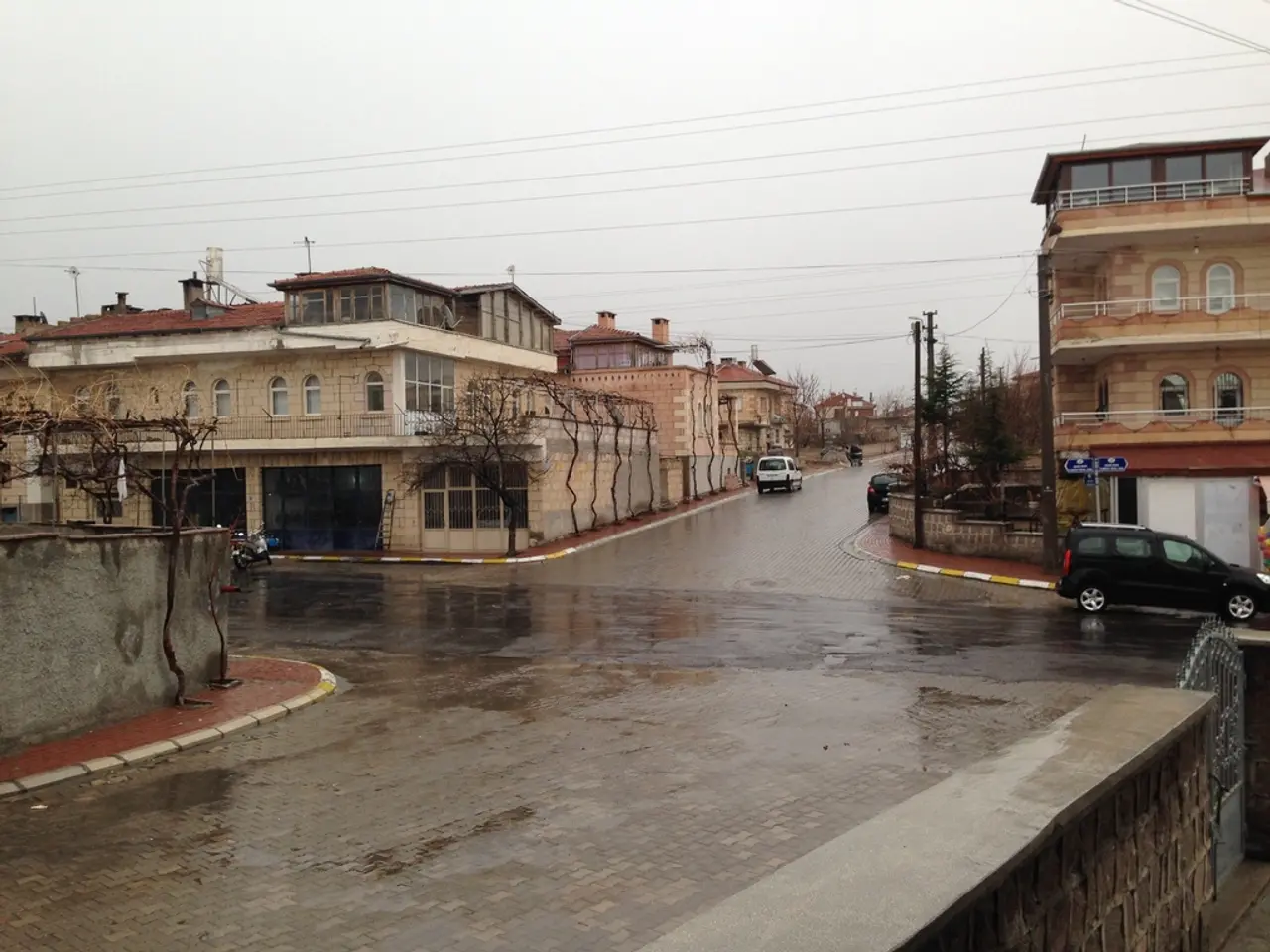Distinctions Among window.location.href, window.location.replace, and window.location.assign in JavaScript
In the world of JavaScript, navigating through web pages involves the use of several methods, with , , and being some of the most crucial ones. These methods differ in how they change the current page URL and interact with the browser’s history.
Firstly, is a property that represents the current URL of the webpage. Assigning a new URL to it causes the browser to load that URL, and importantly, adds a new entry to the session history. This means that the user can navigate back to the previous page using the Back button.
On the other hand, is a method used to programmatically load a new document at the specified URL. It behaves similarly to setting , in that it adds a new history entry, allowing backward navigation.
Lastly, loads a new document by replacing the current page in the session history. This means it does not create a new history entry, so the user cannot use the Back button to return to the original page after the replace operation.
Here's a comparison table to help illustrate the differences:
| Feature | | | | |----------------------------|-----------------------------|----------------------------------|-----------------------------------| | Action | Get or set current URL | Load new document | Load new document | | History entry added? | Yes | Yes | No (replaces current history) | | Back button returns here? | Yes | Yes | No | | Usage | Redirect by setting URL or get current URL | Programmatic redirect with new history | Redirect replacing current page without new history |
In practice, you should use or if you want to navigate to a new page and let users go back. On the other hand, use if you want to redirect and prevent users from going back to the originating page (e.g., after a login or logout redirect).
It's also worth noting that setting or calling can reload the current page, although this is not the preferred way to reload.
Finally, the property returns a object with information about the current location of the document. Updating the property is faster than using the function, and changing the property allows a user to navigate to a new URL, i.e., go to a new webpage.
Stack and technology are integral to the JavaScript world, as they are used in the implementation of data structures like a stack for managing browser's history. For instance, the pushState method adds a new entry to the stack, which allows backward navigation using the Back button. Alternatively, a trie data structure might be employed as a navigation system on a website, given its ability to efficiently store and access large amounts of data, akin to a complex directory system.




